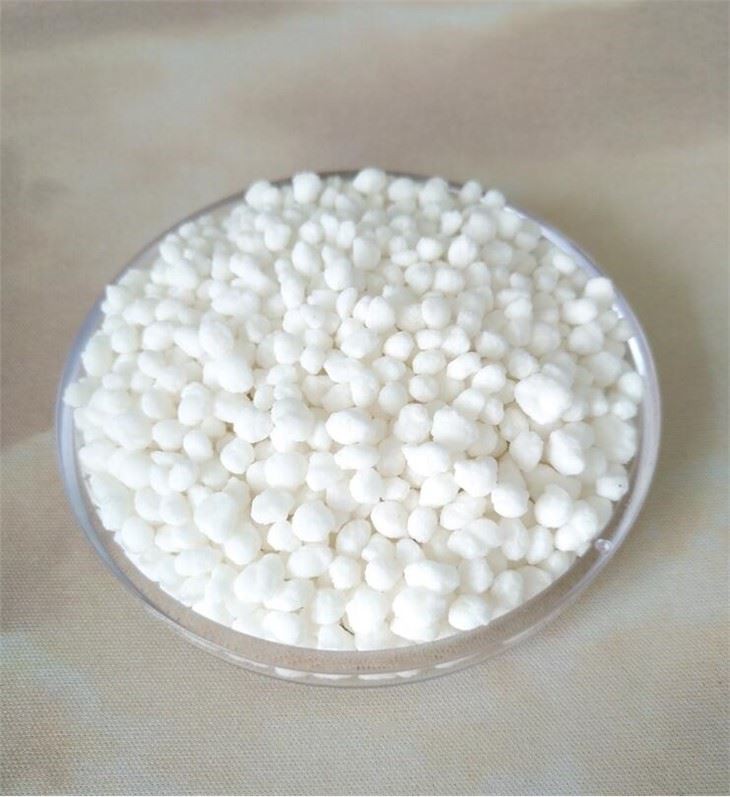



sodium bisulfate for pool
The Benefits and Uses of Sodium Bisulfate for Pool Maintenance
When it comes to maintaining a clean and safe swimming pool, various chemicals are employed to ensure water clarity and hygiene. Among these, sodium bisulfate, also known as dry acid, is a popular choice among pool owners and maintenance professionals. This compound serves multiple purposes in pool care, primarily for lowering pH levels and total alkalinity in pool water, making it essential for optimizing water balance.
Understanding Sodium Bisulfate
Sodium bisulfate is a white crystalline powder that is highly soluble in water. It is classified as an acid and is often used in the swimming pool industry due to its effectiveness and convenience. Unlike liquid acid alternatives, sodium bisulfate is less hazardous and easier to handle, making it a preferred option for many pool owners.
Importance of pH Levels in Pool Water
Maintaining the correct pH level is critical for a pool's overall health. Ideally, the pH level of swimming pool water should be between 7.2 and 7.6. If the pH is too high (alkaline), it can lead to several issues, including cloudy water, scaling on pool surfaces, and reduced effectiveness of disinfectants like chlorine. Conversely, if the pH is too low (acidic), it can cause corrosion of metal components and irritation to swimmers’ skin and eyes.
Why Use Sodium Bisulfate?
1. pH Reduction The primary function of sodium bisulfate in pool maintenance is to lower the pH of the water quickly and effectively. When added to pool water, it dissociates into bisulfate ions and hydrogen ions, which contributes to an increase in acidity and a subsequent decrease in pH levels.
2. Ease of Use Sodium bisulfate is available in easy-to-measure powder form, which eliminates the risk of spills associated with liquid acids such as muriatic acid. Pouring the powder directly into the pool, particularly near the water return jets, helps ensure even distribution.
3. Safer Alternative Compared to strong acids, sodium bisulfate presents a less hazardous option for pool owners. It minimizes the risks associated with handling and storage, making it suitable for both professional and DIY pool maintenance.
sodium bisulfate for pool

Application Guidelines
Using sodium bisulfate involves a few important steps to ensure effective results
- Testing the Water Regularly test the pool water using a reliable test kit to determine pH levels and total alkalinity. This assessment allows for informed decisions regarding the amount of sodium bisulfate required.
- Calculating Dosage The amount of sodium bisulfate needed typically depends on the volume of the pool and the existing pH level. Generally, adding 1.5 pounds of sodium bisulfate to 10,000 gallons of water can reduce pH by approximately 0.1 units.
- Adding the Chemical Add sodium bisulfate while the pool pump is running to promote circulation. It is advisable to scatter the powder evenly across the surface of the water to avoid concentrated areas that can lead to corrosion or damage.
- Re-testing After allowing the pool to circulate for several hours, retest the pH level to ensure it has reached the desired range. If necessary, repeat the process until the pH is balanced.
Environmental Considerations
Sodium bisulfate is relatively benign in terms of environmental impact compared to other chemicals. However, it is important to use it responsibly and follow local regulations regarding chemical use and disposal. This ensures that while maintaining a clean pool, pool owners also protect the surrounding ecosystem.
Conclusion
Sodium bisulfate is an invaluable tool in pool maintenance for keeping water at the right pH level. Its efficiency, ease of use, and safer handling make it a favored choice for both professionals and homeowners. By incorporating sodium bisulfate into a regular pool maintenance routine, pool owners can enjoy crystal clear water and create a safe swimming environment for family and friends. With proper knowledge and application, maintaining an optimal chemical balance becomes simpler and much more manageable, leading to a healthier and more enjoyable swimming experience.
-
Why Sodium Persulfate Is Everywhere NowNewsJul.07,2025
-
Why Polyacrylamide Is in High DemandNewsJul.07,2025
-
Understanding Paint Chemicals and Their ApplicationsNewsJul.07,2025
-
Smart Use Of Mining ChemicalsNewsJul.07,2025
-
Practical Uses of Potassium MonopersulfateNewsJul.07,2025
-
Agrochemicals In Real FarmingNewsJul.07,2025
-
Sodium Chlorite Hot UsesNewsJul.01,2025










